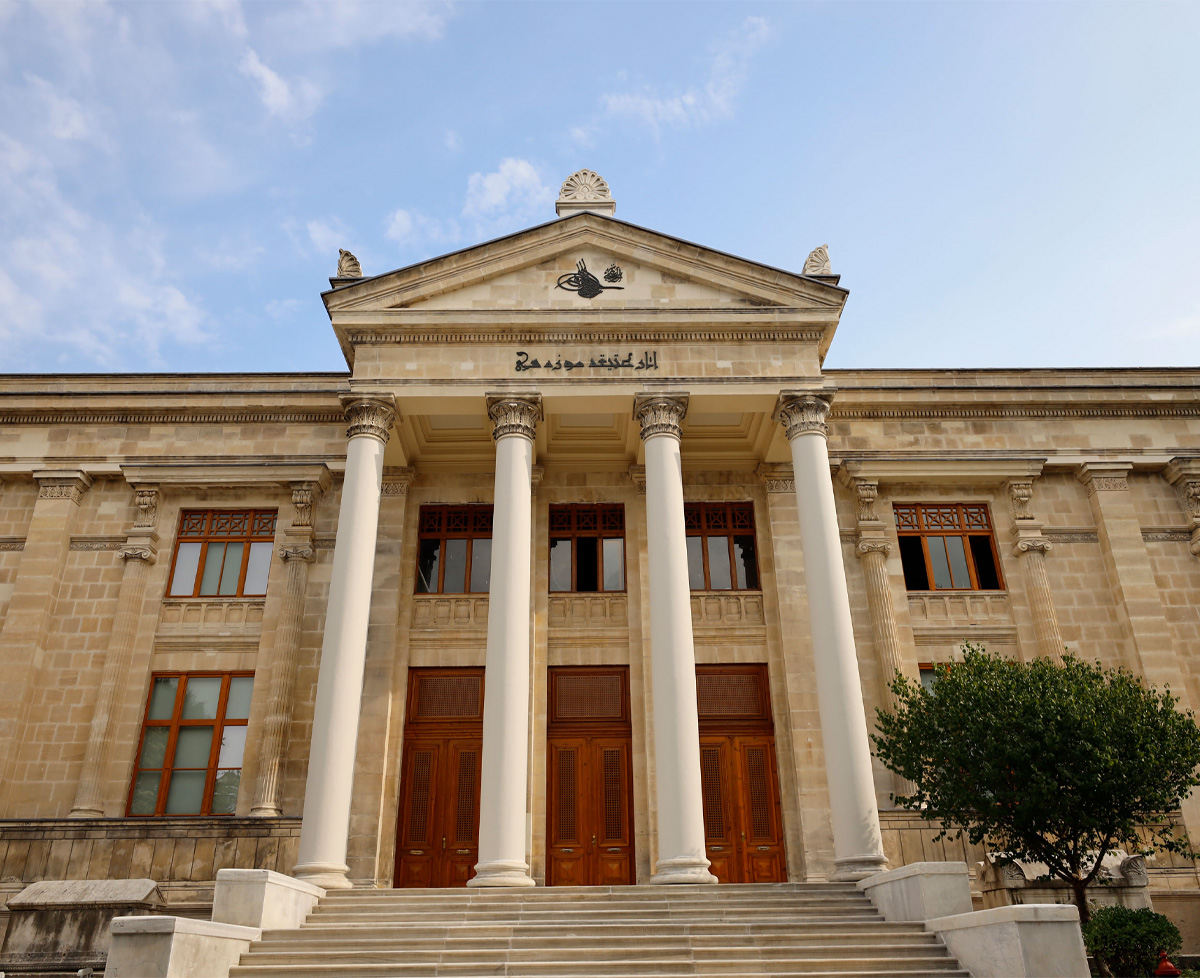Istanbul Archaeological Museums
A Treasure Trove of History
 One of the richest archaeological museums in the world and considered Turkey's 'first' museum, the Istanbul Archaeology Museum was founded in 1891 by order of Sultan Abdulhamid II during the Ottoman Empire. Located in the Sultanahmet district of Istanbul, right next to Topkapı Palace, the museum consists of three separate sections: the Archaeological Museum, the Museum of Ancient Oriental Art, and the Çinili Köşk Museum. Together, these sections house over a million artifacts from various regions and periods of history.
One of the richest archaeological museums in the world and considered Turkey's 'first' museum, the Istanbul Archaeology Museum was founded in 1891 by order of Sultan Abdulhamid II during the Ottoman Empire. Located in the Sultanahmet district of Istanbul, right next to Topkapı Palace, the museum consists of three separate sections: the Archaeological Museum, the Museum of Ancient Oriental Art, and the Çinili Köşk Museum. Together, these sections house over a million artifacts from various regions and periods of history.
The origins of the Istanbul Archaeology Museums date back to the Müze-i Humayun, a collection of archaeological artifacts housed in the Aya İrini Church. As the collection grew and outgrew Aya İrini, the Çinili Köşk, built during the reign of Fatih Sultan Mehmet, was repurposed as a museum. The appointment of Osman Hamdi Bey as the museum's director in 1881 marked the beginning of a new era in Turkish museology.
Osman Hamdi Bey conducted significant archaeological excavations at sites such as Mount Nemrut, Myrina, Kyme, and other necropolises in the Aiolis region, as well as the Lagina Hekate Temple. His most notable work took place in Sidon (modern-day Sayda) between 1887 and 1888, where he unearthed the Sidon Royal Necropolis, bringing back many sarcophagi, including the world-famous Alexander Sarcophagus. The Archaeological Museum showcases a wide range of artifacts from ancient times to the Byzantine period, including the Kadesh Treaty, considered the oldest peace treaty in the world, and the world's first known love poem.
The Museum of Ancient Oriental Art features artifacts from Mesopotamia, Egypt, and Arabia, while the Çinili Köşk Museum displays ceramics and porcelain from the Ottoman period. The Istanbul Archaeology Museum is a must-see for history and culture enthusiasts. Each year, it welcomes thousands of local and international tourists, offering them a journey through the depths of history.